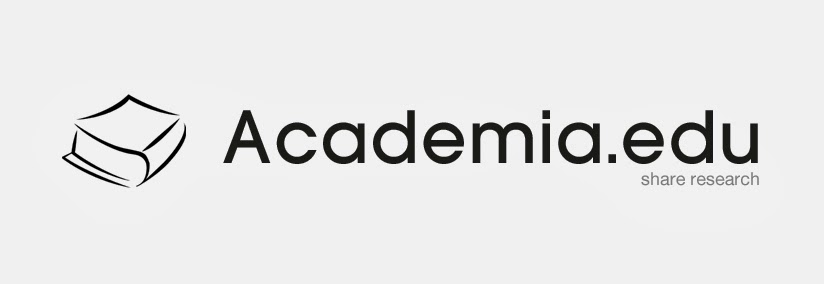The Influence of Local Government Expenditures for Education and and Education Levels on Poverty Levels in Aceh Province
Abstract
poverty alleviation. Panel data is used from 2015 to 2019 in 23 districts/cities in
Aceh Province to analyze the impact of government spending on education and the number of graduates in poverty alleviation. The results of the study show that high school/vocational high school graduates and undergraduates contribute significantly to poverty alleviation. This study reveals that government spending on education and graduates at the elementary, junior high, diploma, and master/doctoral levels does not have a direct impact on poverty reduction. This study recommends that the Provincial Government of Aceh provide various alternative secondary education services in accordance with the educational model needed to obtain good human resources in terms of education. In addition, it is hoped that the realization of spending on education can improve or increase access and facilities in areas that still lack facilities and teaching staff so that all Indonesian people get an equal education. Then, the government must start programs such as entrepreneurship training so that graduates are able to open new business opportunities which are ultimately expected to be able to improve the living standards of the people of Aceh Province and get out of the cycle of poverty.
Keywords
Full Text:
PDFReferences
Anderson, E., d'Orey, M.A.J., Duvendack, M. and Esposito, L., 2018. Does government spending affect income poverty? A meta-regression analysis. World Development, 103, pp.60-71.
Auster, R., Leveson, I. and Sarachek, D., 1969. The production of health, an exploratory study. Journal of human resources, pp.411-436.
Becker, G.S., 1964. Human capital: A theoretical and empirical analysis, with special reference to education. University of Chicago press.
Brooks-Gunn, J. and Duncan, G.J., 1997. The effects of poverty on children. The future of children, pp.55-71.
Dahmardeh, N. and Tabar, M.H., 2013. Government expenditures and its impact on poverty reduction (empirical from Sistan and Baluchestan Province of Iran). International Journal of Academic Research in Economics and Management Sciences, 2(1), p.251.
Denison, E.F., 1962. Sources of economic growth in the United States and the alternatives before us.
Direktorat Jenderal Perimbangan Keuangan. Realisasi Belanja Perfungsi 2010 – 2018.
Fuchs, V.R., 1980. Martin Seligman and Richard Thaler. Helpful comments from the par-ticipants in the NBER Conference" Economic Aspects of Health.
Gounder, R. and Xing, Z., 2012. Impact of education and health on poverty reduction: Monetary and non-monetary evidence from Fiji. Economic Modelling, 29(3), pp.787-794.
Hernandez, D.J., 2011. Double jeopardy: How third-grade reading skills and poverty influence high school graduation. Annie E. Casey Foundation.
Lee, L.F., 1982. Health and wage: a simultaneous equation model with multiple discrete indicators. International Economic Review, pp.199-221.
Leigh, J.P., 1981. Hazardous occupations, illness, and schooling. Economics of Education Review, 1(3), pp.381-388.
McKay, D., 2004. William Riker on federalism: sometimes wrong but more right than anyone else?. Regional & Federal Studies, 14(2), pp.167-186.
Meth, C., 2006. Income poverty in 2004: A second engagement with the recent Van der Berg et al figures. School of Development Studies, University of Kwazulu-Natal.
Mincer, J., 1975. Education, experience, and the distribution of earnings and employment: an overview. Education, income, and human behavior, pp.71-94.
Nasional, K.P.R., 2010. Peraturan Presiden Republik Indonesia Nomor 5 Tahun 2010 tentang Rencana Pembangunan Jangka Menengah Nasional.
Njong, A.M., 2010. The effects of educational attainment on poverty reduction in Cameroon. International Journal of Educational Administration and Policy Studies, 2(1), pp.001-008.
Nurwati, N., 2008. Kemiskinan: Model Pengukuran, Permasalahan dan Alternatif Kebijakan. Jurnal Kependudukan Padjadjaran, 10(1), p.1.
Ravallion, M., 2011. On multidimensional indices of poverty. The Journal of Economic Inequality, 9(2), pp.235-248.
Rønsen, M., 2004. Fertility and public policies-Evidence from Norway and Finland. Demographic research, 10, pp.143-170.
Schultz, T.W., 1961. Investment in human capital. The American economic review, 51(1), pp.1-17.
Statistik, B.P., 2018. Angka Kemiskinan.
Statistik, B.P., 2019. Data dan Informasi Kemiskinan Kabupaten/Kota Tahun 2018. Jakarta: Badan Pusat Statistik.
Suparmoko, M., 2002. Ekonomi Publik untuk Keuangan dan Pembangunan Daerah. Andi.
Tilak, J.B., 2010. Higher Education, Poverty and Development. Higher education review, 42(2), pp.23-45.
Wilhelm, V. and Fiestas, I., 2005. Exploring the link between public spending and poverty reduction-lessons from the 90s (No. 35868, p. 1). The World Bank.
World Bank, 2005. Introduction to poverty analysis.
DOI: https://doi.org/10.21107/mediatrend.v17i2.11726
Copyright (c) 2022 Media Trend


















